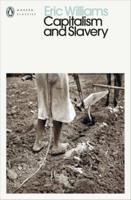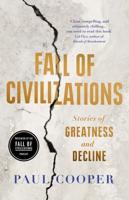Publisher's Synopsis
The author would scarcely have penned this little specimen of what Scott called "antiquarian old womanries," but for the interest which he takes in the universally diffused archaic patterns on rocks and stones, which offer a singular proof of the identity of the working of the human mind. Anthropology and folklore are the natural companions and aids of prehistoric and proto-historic archaeology, and suggest remarks which may not be valueless, whatever view we may take of the disputed objects from the Clyde sites. While only an open verdict on these objects is at present within the competence of science, the author, speaking for himself, must record his private opinion that, as a rule, they are ancient though anomalous. He cannot pretend to certainty as to whether the upper parts of the marine structures were throughout built of stone, as in Dr. Munro's theory, which is used as the fundamental assumption in this book; or whether they were of wood, as in the hypothesis of Mr. Donnelly, illustrated by him in the Glasgow Evening Times (Sept. 11, 1905). The point seems unessential. The author learns from Mr. Donnelly that experiments in shaping piles with an ancient stone axe have been made by Mr. Joseph Downes, of Irvine, as by









